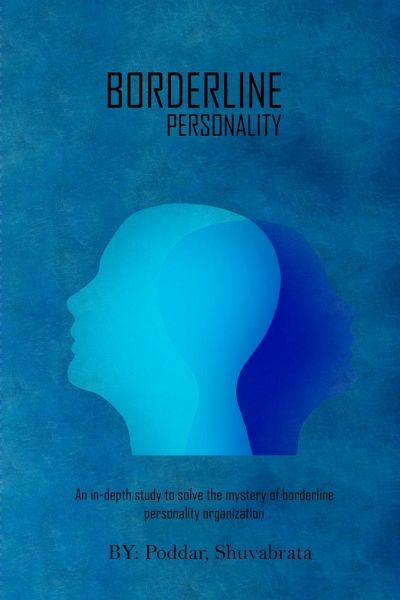Nicht lieferbar

An In-Depth Study To Solve The Mystery Of Borderline Personality Organization
Versandkostenfrei!
Nicht lieferbar
INTRODUCTION The entity ¿borderline¿ has been mysterious, debatable and hard to manage from the very inception of the concept. The diagnoses have never reached to a consensus among professionals. Generally the patients diagnosed with ¿borderline states¿ in their course of illness receive several diagnoses, variety of management is tried and finally conclusion remains questionable and confusing. Researchers have tried to classify them as schizophrenia, mood disorders etc. and finally most consensus have been found when it was classified under the personality disorder rubric. The first perso...
INTRODUCTION The entity ¿borderline¿ has been mysterious, debatable and hard to manage from the very inception of the concept. The diagnoses have never reached to a consensus among professionals. Generally the patients diagnosed with ¿borderline states¿ in their course of illness receive several diagnoses, variety of management is tried and finally conclusion remains questionable and confusing. Researchers have tried to classify them as schizophrenia, mood disorders etc. and finally most consensus have been found when it was classified under the personality disorder rubric. The first person to introduce the personality component in the diagnosis of borderline entity was Dr Otto Kernberg, naming the entity as ¿Borderline Personality Organization¿. He even popularized ¿Transference Focused Therapy¿ as a major therapy in the treatment of Borderline Personality Disorder. Apart from Kernberg, the researchers have not probed into the entity of ¿Borderline Personality Organization¿ after 1980s. Current researchers have shifted their focus from psychodynamic perspectives to neurodevelopmental hypothesis but in case of borderline they have not been able to reach a conclusion. Kernberg's ¿Borderline Personality Organization¿ seemed to provide a comprehensive clarification amidst confusions and controversies. 1.1 History and Evolution of the ¿Borderline¿ Construct The term "borderline" dates as far back as the late 1800's and early 1900's when it was used to refer to those patients who fell between the designation of psychosis and neurosis. Hughes (1884), Rosse (1890), and Jones (1918) were among those who attempted to differentiate these patients from schizophrenic patients and neurotic patients at a time when, as exemplified by Kraepelin's (1912) development of a psychiatric classification system, psychiatry was primarily concerned with diagnosis (Grinker, Werble & Drye, 1968). Early attempts to classify borderlines continued into the first half of the 1900's, with a number of arguments developing about the diagnosis of these patients. Some argued that as they most often presented compulsions, phobias, obsessions and hysteria, and they were in fact not clearly psychotic, it was important not to confuse them with schizophrenics about whom a far more concise literature had begun to develop. In an attempt to differentiate them from psychotic patients, Stern (1938) defined the borderline syndrome as a group of neuroses. Alternately, Clark (1919) noting "mild,












